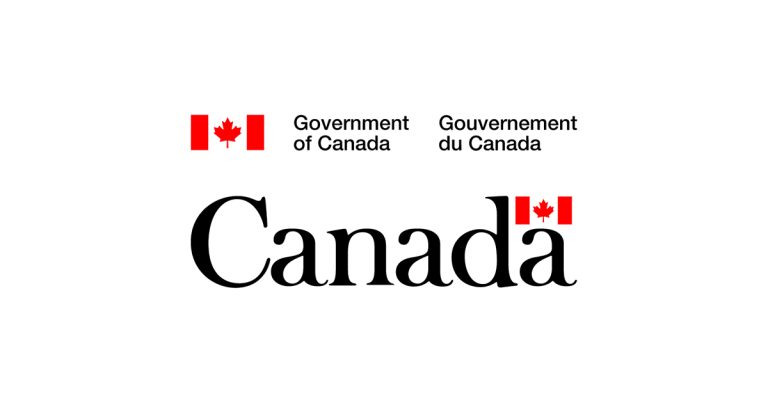Alberta’s Clean Energy Transition May Benefit Big Coal and Oil Players Over Small Renewables

December 7, 2017
Alberta’s plan for the replacement of coal energy with natural gas and renewables was announced in 2015, but still questions as to who will provide the new power remain unanswered.
Walter Hossli, who has been working with solar panel manufacturers, potential investors, and green energy groups to promote community energy projects, says they want the government to move much more quickly on that sector than it has.
“Everyone is sitting on their hands not knowing what the rules will be…maybe the government just doesn’t know what it’s doing on this file,” said Hossli. “There’s this go big or go home mentality because the system has been geared to larger scale electricity producers.”
The phase-out of coal-generated electricity by 2030 is a main pillar of the Alberta government’s Climate Leadership Action Plan. If the government operates according to plan, in 13 years natural gas will account for 70 per cent of the province’s electricity, while generation by renewables — mostly wind and solar — will have increased significantly to make up the remaining 30 per cent.
Currently, coal accounts for 50 per cent of electricity generation, the highest of any province.
A government request for proposals for renewable projects aroused a lot of interest; a total of 400 megawatts of electrical power were on the table for this round of contracts. Bids amounting to ten times that much were received.
Four hundred megawatts is only about 1.5 per cent of total electricity generation in Alberta, so many more renewable projects will have to be integrated into the system if the government’s goal is to be reached.
But there are still lots of questions about the NDP government’s policies designed to achieve that goal: Will the renewable sector be turned over to the corporations that dominated the coal era? Or will they lose out to international players?
Will there be room for smaller scale community renewable energy that gives people more control of their electricity usage and costs?
Those are some of the key issues arising as the government is set to announce in December the first batch of successful bidders for renewable energy projects.
Read the full article here: https://www.desmog.ca/2017/12/04/how-alberta-s-clean-energy-transition-may-actually-benefit-big-coal-and-oil-players-over-small-renewables









![Guide to the Canadian Electrical Code, Part 1[i] – A Road Map: Section 52 — Diagnostic imaging installations](https://electricalindustry.ca/wp-content/uploads/2022/11/Guide-CE-Code-2.png)






